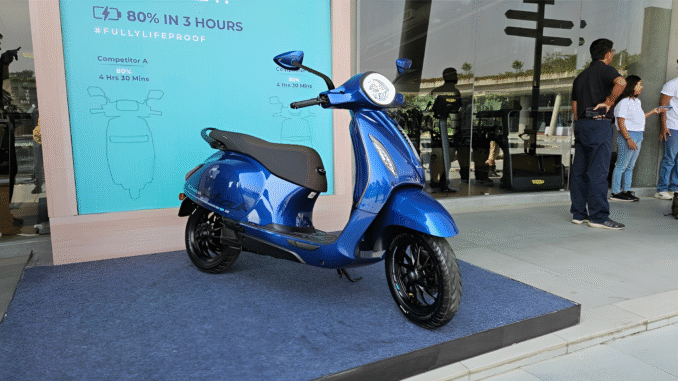
Pune, August 17, 2025 — Bajaj Auto has announced a delay in the release of its much-anticipated entry-level Chetak electric scooter, as a global shortage of rare earth magnets disrupts supply chains across the electric vehicle sector. The crisis deepened after China, the leading supplier, suspended exports, leaving automakers scrambling for alternatives.
- Production and Sales Impact
The rare earth bottleneck dealt a heavy blow to Bajaj’s EV operations in July, with production plummeting 50%. Sales followed suit, sliding 15% month-on-month as the company struggled to source critical motor components. Despite the setbacks, Bajaj avoided a complete production stoppage by swiftly switching to lighter rare earth magnets, enabling continued output of its higher-end Chetak models.
- Industry-Wide Risks and Mitigation
The shortage hasn’t spared others: Ola Electric, TVS, and Ather Energy have all warned of delivery delays and constrained inventories, signaling wider risks to India’s EV expansion plans. Bajaj is now acting on multiple fronts—deploying interim solutions based on lighter rare earths, and fast-tracking investment in advanced, magnet-free motor technologies set to define next-generation EVs.
- Looking Ahead: From Crisis to Innovation
Sales for Bajaj’s existing Chetak EVs remain robust, reflecting resilient consumer demand despite supply uncertainties. The company’s proactive efforts—ranging from alternate sourcing to technological innovation—are designed to weather the current crunch and future-proof its manufacturing lines.
As the EV sector grapples with global supply chain shocks, Bajaj’s navigation through the rare earth crisis illustrates both the vulnerabilities and adaptability of India’s electric mobility landscape. The coming months will be critical as automakers race to secure components, innovate new solutions, and meet soaring consumer demand.



